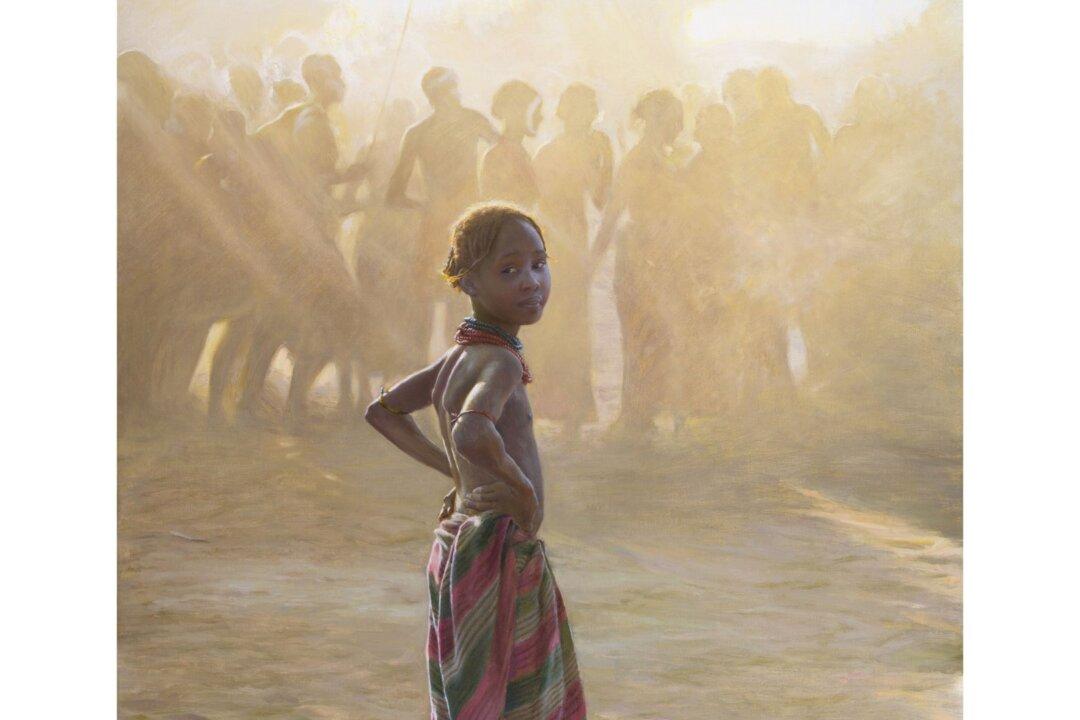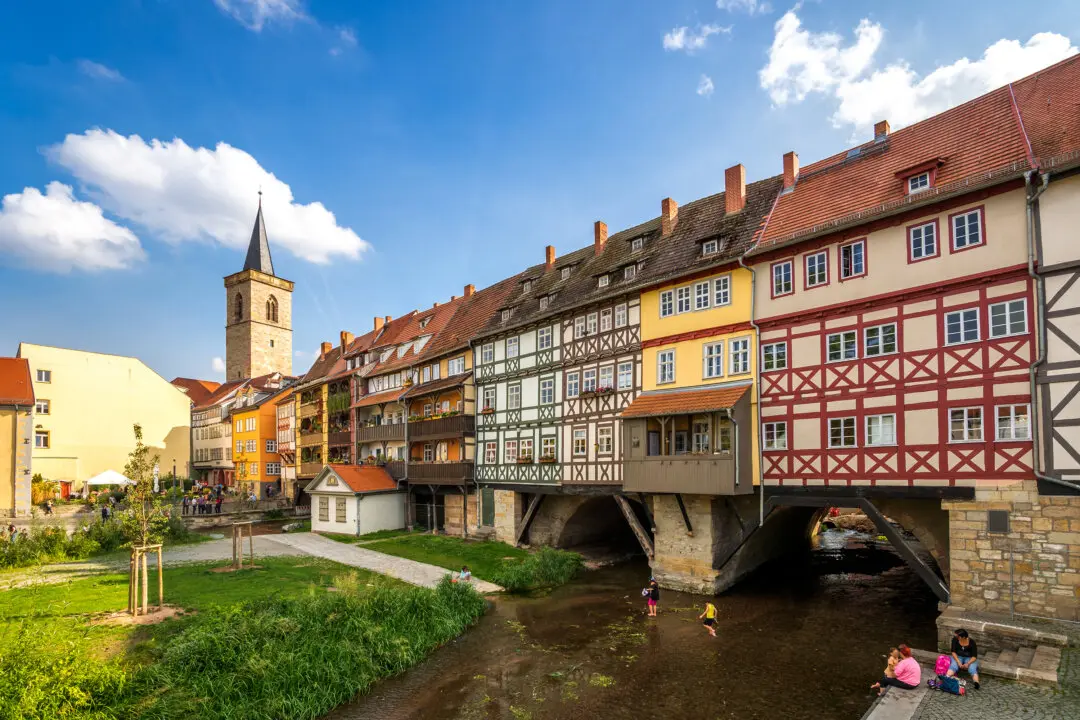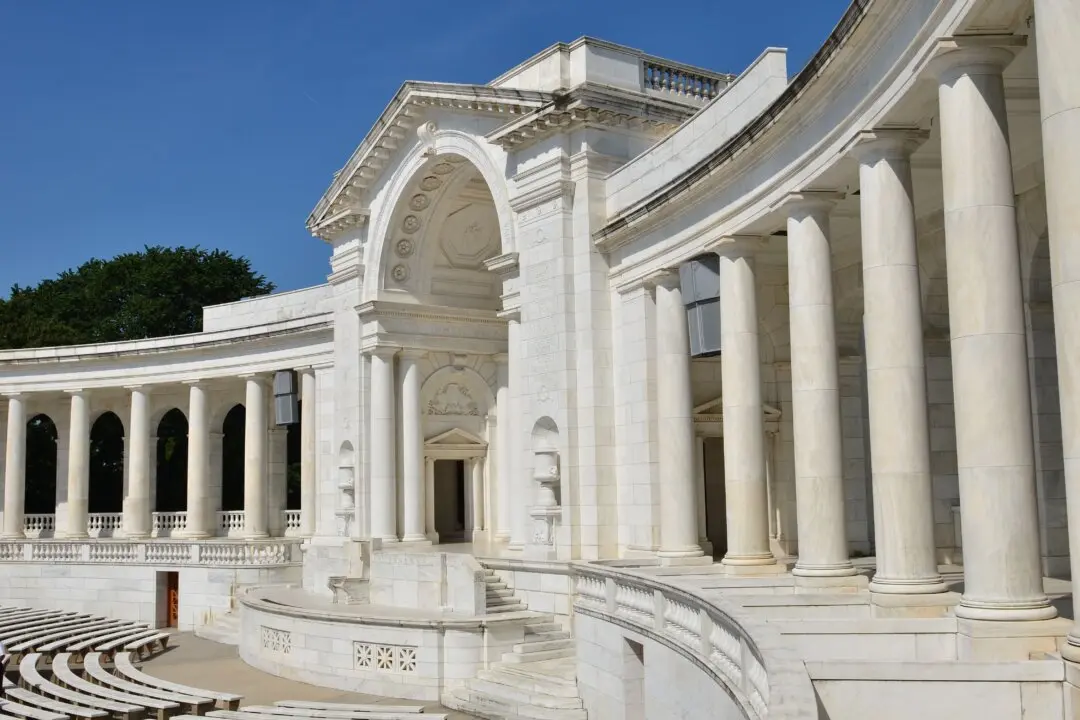“Fine art at its best has the power to move one to tears, or grab your sensibilities and rivet you in the moment with an overwhelming sense of beauty and excitement,” wrote Frederick Ross in an essay titled: “The Philosophy of ARC: Why Realism?” He’s an art collector and founder of the Art Renewal Center (ARC).
Founded in 1999, the New York-based ARC supports and promotes realist artists and realist art education around the world. The nonprofit also acquires notable realist artworks.






